Home>Home Maintenance>What Is The Best Thing To Clean Drainage Pipe Of A House
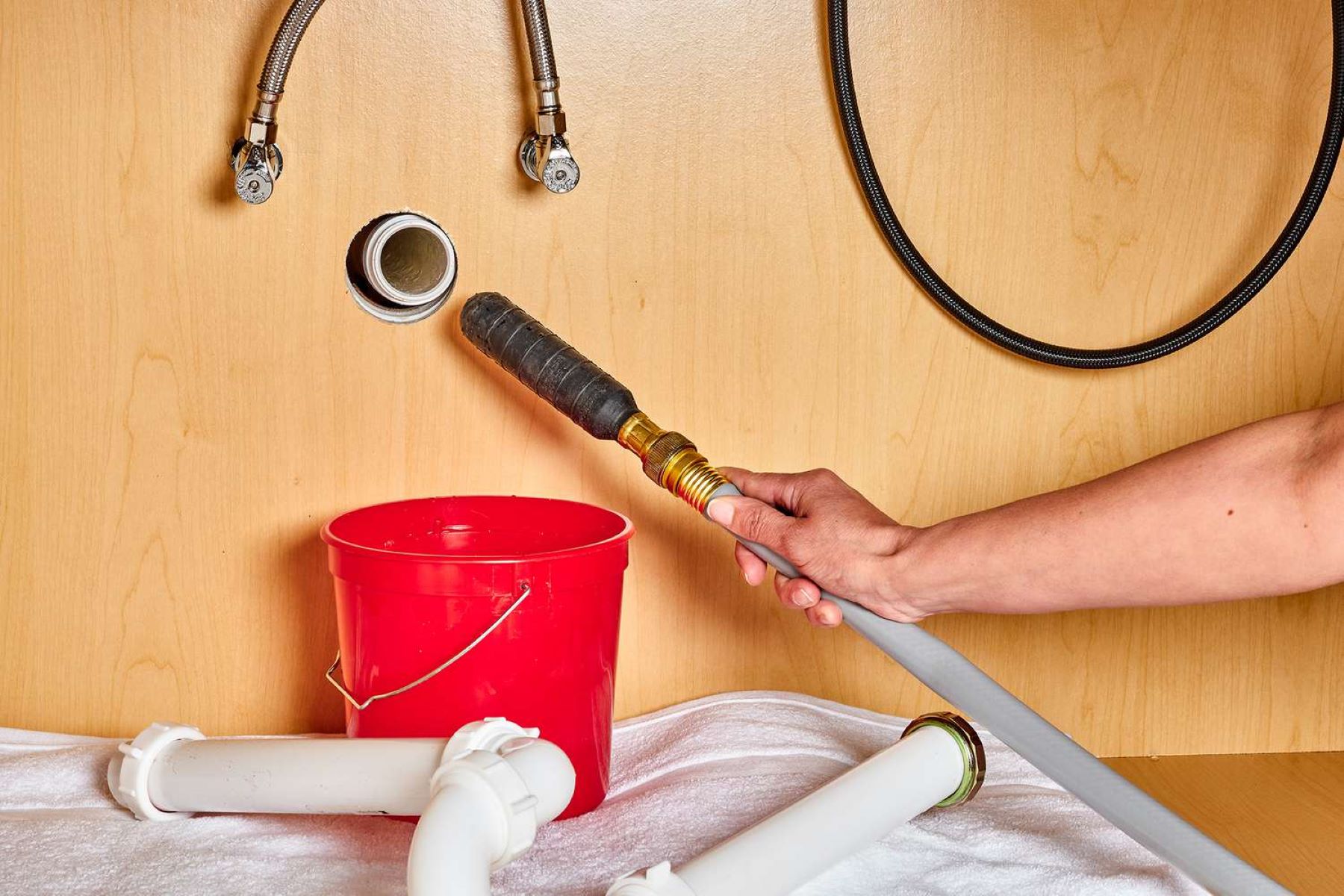

Home Maintenance
What Is The Best Thing To Clean Drainage Pipe Of A House
Modified: March 7, 2024
Looking for the best way to clean your home's drainage pipe? Discover effective methods for maintaining your pipes with our expert home maintenance tips.
(Many of the links in this article redirect to a specific reviewed product. Your purchase of these products through affiliate links helps to generate commission for Storables.com, at no extra cost. Learn more)
Introduction
Having a properly functioning drainage system is essential for maintaining a healthy and functional home. Drainage pipes play a crucial role in carrying away wastewater and preventing water damage to your property. However, over time, these pipes can become clogged with debris, causing issues such as slow drainage, foul odors, and even plumbing backups.
In this article, we will explore the best methods for cleaning drainage pipes to keep your home’s plumbing system in top shape. Whether you prefer DIY solutions or professional assistance, we have got you covered.
But first, let’s gain a better understanding of drainage pipes and the signs that indicate a clogged pipe.
Key Takeaways:
- Regularly flushing drains with hot water and using drain guards can prevent clogs caused by hair, food, and debris, maintaining a healthy plumbing system.
- Seek professional help for stubborn clogs, and educate household members about proper drain usage to avoid costly repairs and ensure a smoothly running plumbing system.
Read more: What Is My House’s Standard Drainage Size
Understanding Drainage Pipes
Drainage pipes are an integral part of any home’s plumbing system. They are responsible for carrying wastewater, such as from sinks, toilets, and showers, away from your home and into the sewer or septic system. These pipes are typically made from materials like plastic, metal, or cast iron, and are designed to be durable and long-lasting.
There are two main types of drainage pipes commonly used in residential properties:
- Horizontal Drainage Pipes: These pipes run horizontally and are typically found beneath the ground or behind walls. They connect to vertical pipes, which carry the wastewater from upper floors down to the main drainage line.
- Vertical Drainage Pipes: These pipes run vertically and are responsible for carrying wastewater from upper floors down to the main sewer line. They are connected to horizontal pipes and often have vent stacks to allow for proper air circulation in the plumbing system.
Understanding the layout and functioning of your drainage system can help you identify potential clogs and address them before they become major issues. Now, let’s move on to the signs that indicate a clogged drainage pipe.
Signs of a Clogged Drainage Pipe
A clogged drainage pipe can cause a range of problems in your home. Identifying the signs of a clog early on can help you take prompt action to prevent further damage. Here are some common signs that indicate a clogged drainage pipe:
- Slow Drainage: If you notice that water is draining slowly from sinks, showers, or tubs, it could be a sign of a clogged drainage pipe. The accumulation of debris and buildup can restrict the flow of water, causing it to drain at a sluggish pace.
- Overflowing Toilets or Sinks: When you flush the toilet, and the water begins to rise rather than drain properly, it’s a clear sign of a clogged drainage pipe. The same applies to sinks or basins that overflow when you try to drain water.
- Foul Odors: A clogged drainage pipe can produce unpleasant odors, which are often caused by the accumulation of food particles, grease, hair, or other organic matter. If you notice persistent, foul smells coming from your plumbing fixtures, it may indicate a clog in the drainage system.
- Gurgling Sounds: If you hear gurgling sounds coming from your drains, it could be a sign of a clogged drainage pipe. The gurgling sound occurs when air gets trapped in the pipe due to the blockage, causing pressure fluctuations.
- Water Backups: Perhaps the most inconvenient and alarming sign of a clogged drainage pipe is water backups. This can manifest as water gushing out of a sink or toilet after you’ve flushed, or even water seeping out from baseboards or drains in your home.
If you notice any of these signs, it’s essential to address the clog as soon as possible to avoid further damage to your plumbing system and potential water damage in your home. In the next section, we will explore some of the common causes of drainage pipe clogs.
Common Causes of Drainage Pipe Clogs
Understanding the common causes of drainage pipe clogs can help you take preventive measures and minimize the risk of experiencing a clog in your home’s plumbing system. Here are some of the most common causes of drainage pipe clogs:
- Hair: One of the primary culprits behind clogged drains is hair. When you wash your hair or shave, loose strands can accumulate in the drain and combine with soap scum or other debris, causing a blockage over time.
- Food Waste: Grease, oil, and leftover food particles can wreak havoc on your drainage system. These substances can solidify and create blockages in the pipes, especially in the kitchen sink drain.
- Toilet Paper and Hygiene Products: Flushing excessive amounts of toilet paper or disposing of hygiene products, such as wipes or sanitary pads, down the toilet can lead to drain clogs. These items do not break down easily and can get stuck in the pipes.
- Tree Root Intrusion: If you have trees or shrubs near your home, their roots can sometimes make their way into the drainage pipes. As the roots grow thicker, they can cause significant blockages and damage to the pipes.
- Mineral Buildup: Hard water contains minerals that can accumulate on the walls of your drainage pipes over time, leading to reduced water flow and eventually causing clogs.
- Foreign Objects: Accidentally dropping small objects like jewelry, toys, or even small utensils down the drain can cause blockages. These objects can get lodged in the pipes and trap other debris, leading to clogs.
Being aware of these common causes can help you take preventive measures and avoid clogs in the first place. In the next section, we will explore the best methods for cleaning drainage pipes and restoring proper water flow.
Best Methods for Cleaning Drainage Pipes
When it comes to cleaning drainage pipes, there are several effective methods you can use. The choice of method depends on the severity of the clog and your personal preference. Let’s explore some of the best methods for cleaning drainage pipes:
- Using Chemical Drain Cleaners: Chemical drain cleaners can be an effective solution for minor clogs. These cleaners contain chemicals that break down and dissolve the clog, allowing water to flow freely. However, it’s important to use them with caution and follow the instructions carefully to avoid damage to your pipes or potential health risks.
- Homemade Drain Cleaners: If you prefer a more natural and eco-friendly approach, you can try homemade drain cleaners. Baking soda and vinegar is a popular combination for DIY drain cleaning. Simply pour a cup of baking soda down the drain, followed by a cup of vinegar. Allow the mixture to sit for some time, then flush it with hot water. This can help break down small clogs and remove odor-causing residue.
- Cleaning Drainage Pipes with a Plunger: A plunger can be a handy tool for clearing clogs in sinks, toilets, and tubs. Ensure a good seal between the plunger and the drain, then vigorously plunge up and down to dislodge the clog. This method is more effective for minor clogs and can help restore normal water flow.
- Using a Drain Snake to Clear Clogs: For more stubborn and deep-rooted clogs, a drain snake, also known as an auger, can be highly effective. Insert the snake into the drain and rotate it while applying gentle pressure. The snake will grab onto the clog and allow you to pull it out or break it down, restoring proper drainage.
- Professional Drain Cleaning Services: If the clog is severe or persists even after attempting DIY methods, it’s advisable to seek professional drain cleaning services. Plumbers have specialized tools and expertise to identify and clear stubborn clogs safely and efficiently. They can also provide preventive maintenance tips to avoid future clogs.
Remember to use these methods responsibly and take appropriate safety precautions when working on your drainage system. In the next section, we will discuss preventive measures to help you avoid clogged drainage pipes in the future.
Using Chemical Drain Cleaners
Chemical drain cleaners can be a convenient and effective solution for clearing minor clogs in drainage pipes. They are readily available in most hardware stores and come in liquid, gel, or powder form. However, it’s important to use them with caution and follow the instructions provided, as misuse or overuse can cause damage to your plumbing system. Here are some tips for using chemical drain cleaners effectively:
- Read and Follow the Instructions: Before using any chemical drain cleaner, carefully read the instructions provided by the manufacturer. Pay attention to the recommended application method, the amount of cleaner to use, and any safety precautions.
- Use the Right Type of Drain Cleaner: Different types of drain cleaners are formulated to address specific types of clogs. For example, there are drain cleaners designed specifically for hair clogs, grease clogs, or general organic debris. Make sure you choose the appropriate cleaner for the type of clog you are dealing with.
- Take Safety Precautions: Chemical drain cleaners contain strong chemicals that can be harmful if mishandled. Always wear protective gloves and eyewear to prevent any accidental contact with your skin or eyes. It’s also important to work in a well-ventilated area to avoid inhaling any fumes.
- Apply the Cleaner Correctly: Most drain cleaners require you to pour the recommended amount directly into the drain. Be cautious not to spill the cleaner on surrounding surfaces, as it can cause damage or discoloration. Avoid splashing or spraying the cleaner, and make sure to keep the area around the drain clear.
- Allow Sufficient Time: After applying the drain cleaner, give it adequate time to work according to the manufacturer’s instructions. Typically, it’s recommended to let the cleaner sit for a specified amount of time to break down the clog. Avoid using the drain during this time to allow the cleaner to work effectively.
- Flush with Water: After the recommended time has passed, flush the drain with hot water to help clear away the dissolved clog and any remaining debris. This will ensure a thorough cleaning of the pipes and restore proper water flow.
- Dispose of the Product Properly: Once you have finished using the chemical drain cleaner, dispose of the container following the manufacturer’s instructions. Some cleaners may require special disposal methods, so it’s important to check the labeling for guidance.
While chemical drain cleaners can be effective for minor clogs, it’s important to note that they may not be suitable for severe or persistent clogs. In such cases, it’s recommended to seek professional drain cleaning services to avoid any further damage to your plumbing system. Additionally, taking preventive measures can help minimize the need for chemical drain cleaners in the first place.
To clean a drainage pipe, mix 1 cup of baking soda with 1 cup of vinegar. Pour the mixture down the drain, let it sit for 30 minutes, then flush with hot water. Repeat as needed.
Homemade Drain Cleaners
If you prefer a more natural and eco-friendly approach to cleaning your drainage pipes, homemade drain cleaners can be a great alternative to chemical-based products. These inexpensive and easily available ingredients can help break down small clogs and remove odor-causing residue. Here are a few effective homemade drain cleaners:
- Baking Soda and Vinegar: This combination is a popular and effective homemade drain cleaner. Start by pouring a cup of baking soda down the drain, followed by a cup of vinegar. The mixture will create a fizzing reaction, which helps break down small clogs. Let it sit for about 30 minutes, then flush the drain with hot water to clear away the dissolved debris.
- Baking Soda and Salt: Mix half a cup of baking soda with half a cup of table salt and pour it down the drain. Let it sit for about 30 minutes, then flush with hot water. The abrasive properties of salt combined with the cleaning power of baking soda can help break down greasy residue and minor clogs.
- Baking Soda and Lemon Juice: Squeeze the juice of one lemon into a cup of baking soda and mix well. This mixture not only helps break down clogs but also leaves a fresh citrusy scent in your drains. Pour the mixture down the drain, let it sit for about 30 minutes, then flush with hot water.
- Boiling Water: In some cases, simply pouring boiling water down the drain can help clear minor clogs. Boil a kettle or pot of water and carefully pour it down the drain in stages, allowing time for the hot water to work on the clog. This method is particularly effective for hair clogs.
- Baking Soda and Cream of Tartar: Mix equal parts of baking soda and cream of tartar in a bowl, then pour it down the drain. Add some hot water to activate the mixture. Allow it to sit for about 30 minutes, then flush with hot water. This combination can help dissolve soap scum and mineral buildup.
- Salt, Borax, and Vinegar: Mix half a cup of salt and half a cup of borax, then pour it down the drain. Follow it up with a cup of vinegar. Allow the mixture to sit for about 30 minutes, then flush with hot water. This combination can help remove residue and restore proper water flow.
It’s important to note that these homemade drain cleaners are most effective for minor clogs. If you have a severe or persistent clog, it’s recommended to seek professional drain cleaning services to avoid any potential damage to your plumbing system. Additionally, practicing preventive measures can help minimize the likelihood of clogs in the first place.
Cleaning Drainage Pipes with a Plunger
A plunger is a versatile and effective tool for clearing clogs in sinks, toilets, and tubs. It uses suction and pressure to dislodge and break up the clog, allowing water to flow freely again. Here’s how you can use a plunger to clean your drainage pipes:
- Select the Right Plunger: Choose a plunger that is appropriate for the specific drain you need to unclog. There are two types of plungers commonly used: a cup plunger, which is suitable for sinks and tubs, and a flange plunger, which is designed for toilets.
- Create a Seal: Ensure a good seal between the plunger and the drain by coating the rim of the plunger cup or flange with petroleum jelly or water. This will help create a tight vacuum seal, allowing for maximum suction.
- Position the Plunger: Place the plunger directly over the drain, ensuring that the cup or flange covers the opening completely. If you are using a cup plunger, make sure it fully covers the sink or tub drain. If you are using a flange plunger, insert it into the toilet drain, with the flange fitting inside the opening.
- Apply Pressure: Push down on the plunger handle firmly, then quickly pull up to create suction. Repeat this plunging motion several times, maintaining a steady rhythm and applying strong, but controlled, force. The suction and pressure created by the plunger will help dislodge and break up the clog.
- Check the Drain: After plunging, remove the plunger and check the drain to see if the water is flowing freely. If the water is still draining slowly or not at all, repeat the plunging process until the clog is cleared.
- Flush with Water: Once the clog is cleared, run hot water down the drain to flush away any remaining debris and ensure proper clearance of the pipe.
- Clean the Plunger: After using the plunger, clean it thoroughly with warm soapy water to remove any residue or debris. Rinse it well and allow it to air dry before storing it.
Using a plunger can be an effective method for clearing minor clogs in drainage pipes. However, if the clog is severe or persists after repeated plunging, it may be necessary to seek professional drain cleaning services to avoid further damage to your plumbing system. Additionally, practicing preventive measures can help minimize the occurrence of clogs in the future.
Using a Drain Snake to Clear Clogs
When dealing with stubborn and deep-rooted clogs in your drainage pipes, a drain snake, also known as an auger, can be an effective tool to clear the blockage. A drain snake is a long, flexible metal cable with a spiral or hook-shaped end that can penetrate and break up the clog. Here’s how you can use a drain snake to clear clogs:
- Select the Right Drain Snake: Choose a drain snake with a suitable length for the size of your drainage pipe. It’s recommended to use a snake that is at least 25 feet long for most residential applications.
- Insert the Snake: Put on gloves and protective eyewear before starting. Insert the snake into the drain, feeding it slowly and steadily while rotating the handle. Keep pushing the snake until you reach the clog or encounter resistance.
- Break Up the Clog: Once you reach the clog, rotate the handle of the snake to break up the blockage. The spiral or hook-shaped end of the snake will help grab onto the debris and push it through or break it apart.
- Retrieve the Debris: Slowly withdraw the snake from the drain, while continuing to rotate the handle. Be prepared to encounter resistance as you pull out the clogged material. It’s important to do this slowly and carefully to avoid causing any damage to the pipes.
- Flush with Water: After removing the clog with the drain snake, run hot water down the drain to flush away any remaining debris and ensure that the pipe is clear and flowing freely.
- Clean the Drain Snake: Rinse off the drain snake with warm water and remove any debris or residue. Dry the snake thoroughly before storing it to prevent rust or damage.
- Consider Professional Help: If the clog persists or if you are uncomfortable using a drain snake yourself, it’s best to seek professional drain cleaning services. Plumbers have the experience and specialized equipment to tackle more complex clogs and ensure a thorough cleaning of your drainage pipes.
Using a drain snake can be a highly effective method for clearing stubborn clogs in drainage pipes. However, if you are unsure or the clog is severe, it’s recommended to seek professional assistance to avoid any potential damage to your plumbing system. Remember, practicing preventive measures can help minimize the occurrence of clogs in the future.
Professional Drain Cleaning Services
While DIY methods can be effective for minor clogs, there are instances when professional drain cleaning services are the best option to ensure a thorough and lasting solution. Here are some reasons why you may consider hiring professionals for drain cleaning:
- Experience and Expertise: Professional plumbers have extensive knowledge and experience in dealing with a wide range of drain clogs. They are well-versed in the various types of drainage systems and have the expertise to identify and address complex clogs efficiently.
- Specialized Equipment: Drain cleaning professionals have access to specialized equipment and tools that are not typically available to homeowners. These tools, such as high-pressure water jetting machines and video inspection cameras, allow them to thoroughly clean and inspect the drainage pipes to ensure that the clog is completely cleared.
- Preventive Maintenance: Professional drain cleaning services not only clear the existing clog but also provide preventive maintenance to help avoid future blockages. They can offer recommendations on regular maintenance practices, like drain cleaning treatments or installations of drain strainers, to prevent debris and clogs from accumulating in the pipes.
- Time and Convenience: Hiring professionals for drain cleaning saves you time and effort. Instead of wrestling with stubborn clogs or experimenting with different DIY methods, you can leave the job in the hands of experts who can quickly diagnose the problem and provide an effective solution.
- Prevention of Further Damage: If you have attempted DIY methods without success, it’s possible that you could unintentionally cause more harm to your plumbing system. Professional plumbers are trained to handle delicate pipes and fixtures, minimizing the risk of damage during the cleaning process.
- Emergency Services: In the event of a severe plumbing backup or a complete drainage system failure, professional drain cleaning services often offer emergency services. They can respond promptly to address immediate issues and prevent further damage to your property.
When hiring professional drain cleaning services, it’s important to choose a reputable and certified plumbing company. Read reviews, ask for recommendations, and inquire about their experience in handling drain clogs. By investing in professional assistance, you can have peace of mind knowing that your drainage pipes are in capable hands.
Remember, regular maintenance and adopting preventive measures can help extend the life of your drainage system and minimize the frequency of clogs. By being proactive, you can reduce the need for frequent drain cleaning services.
Preventive Measures for Avoiding Clogged Drainage Pipes
Prevention is always better than dealing with the hassle of clogged drainage pipes. By taking some simple preventive measures, you can minimize the risk of clogs and keep your plumbing system running smoothly. Here are some effective preventive measures to avoid clogged drainage pipes:
- Use Drain Guards or Strainers: Install drain guards or strainers in your sinks, showers, and tubs to catch hair, food particles, and other debris. Empty them regularly to prevent buildup and ensure proper water flow.
- Dispose of Waste Properly: Avoid disposing of grease, oil, coffee grounds, or food waste down the drain. Instead, collect and dispose of them in the trash or compost. These substances can solidify and contribute to clogs.
- Limit Chemical Usage: Be mindful of the chemicals that you pour down the drain. Harsh chemical cleaners can corrode the pipes and lead to damage or clogs. Consider using more environmentally friendly alternatives or consult with professionals for safe cleaning solutions.
- Regularly Flush Drains: Flush your drains with hot water on a regular basis to help clear away any accumulated debris and prevent buildup. This simple practice can help keep your drains clean and prevent minor clogs from becoming major issues.
- Avoid Flushing Foreign Objects: Teach everyone in your household to avoid flushing foreign objects down the toilet. Discourage disposing of items like dental floss, cotton balls, wipes, or feminine products in the toilet, as they can easily cause clogs.
- Regular Plumbing Maintenance: Schedule regular maintenance check-ups with a professional plumber. They can inspect your drainage system, identify any potential issues, and perform preventive maintenance tasks to keep your pipes in optimal condition.
- Be Mindful of Outdoor Drainage: Ensure that outdoor drains, such as gutter downspouts and yard drains, are clear of leaves, debris, and other obstructions. Regularly clean and maintain them to prevent blockages and water backups.
- Monitor Water Pressure: Excessive water pressure can put strain on your pipes and increase the likelihood of clogs. Install a pressure regulator, if necessary, to maintain a moderate and safe water pressure level throughout your plumbing system.
- Educate Household Members: Teach everyone in your household about the importance of proper drain usage. Encourage them to avoid disposing of inappropriate items down the drains and to follow preventive measures to keep the drainage system running smoothly.
By adopting these preventive measures and being mindful of what goes down your drains, you can significantly reduce the risk of clogged drainage pipes. Regular maintenance and a proactive approach will help you avoid costly repairs and ensure the longevity of your plumbing system.
Remember, when faced with stubborn or persistent clogs, it’s always best to seek professional help to avoid causing any further damage to your drainage pipes.
Conclusion
Proper maintenance of your home’s drainage system is essential for the overall health and functionality of your plumbing. Clogged drainage pipes can cause a range of issues, from slow drainage and foul odors to water backups and potential water damage.
In this comprehensive guide, we explored the best methods for cleaning drainage pipes, including the use of chemical drain cleaners, homemade solutions, plungers, and drain snakes. We also discussed the importance of professional drain cleaning services for more complex clogs and preventive maintenance.
Additionally, we highlighted preventive measures that homeowners can take to avoid clogged drainage pipes. By using drain guards, disposing of waste properly, regularly flushing drains, and being mindful of what goes down the drain, you can significantly reduce the likelihood of clogs and keep your plumbing system in excellent condition.
Remember, a proactive approach to plumbing maintenance and timely intervention when facing clogs will save you time, money, and frustration in the long run. If you’re uncertain or unable to resolve a clog on your own, it’s wise to seek professional assistance to prevent any potential damage to your drainage system.
By implementing these preventive measures and utilizing the best methods for cleaning drainage pipes, you can maintain a healthy and efficient plumbing system, ensuring the smooth flow of wastewater and avoiding the inconvenience and expense of clogged drains.
So, take charge of your drainage system, be proactive, and keep your pipes clean and clear for a home that runs smoothly and efficiently.
Frequently Asked Questions about What Is The Best Thing To Clean Drainage Pipe Of A House
Was this page helpful?
At Storables.com, we guarantee accurate and reliable information. Our content, validated by Expert Board Contributors, is crafted following stringent Editorial Policies. We're committed to providing you with well-researched, expert-backed insights for all your informational needs.
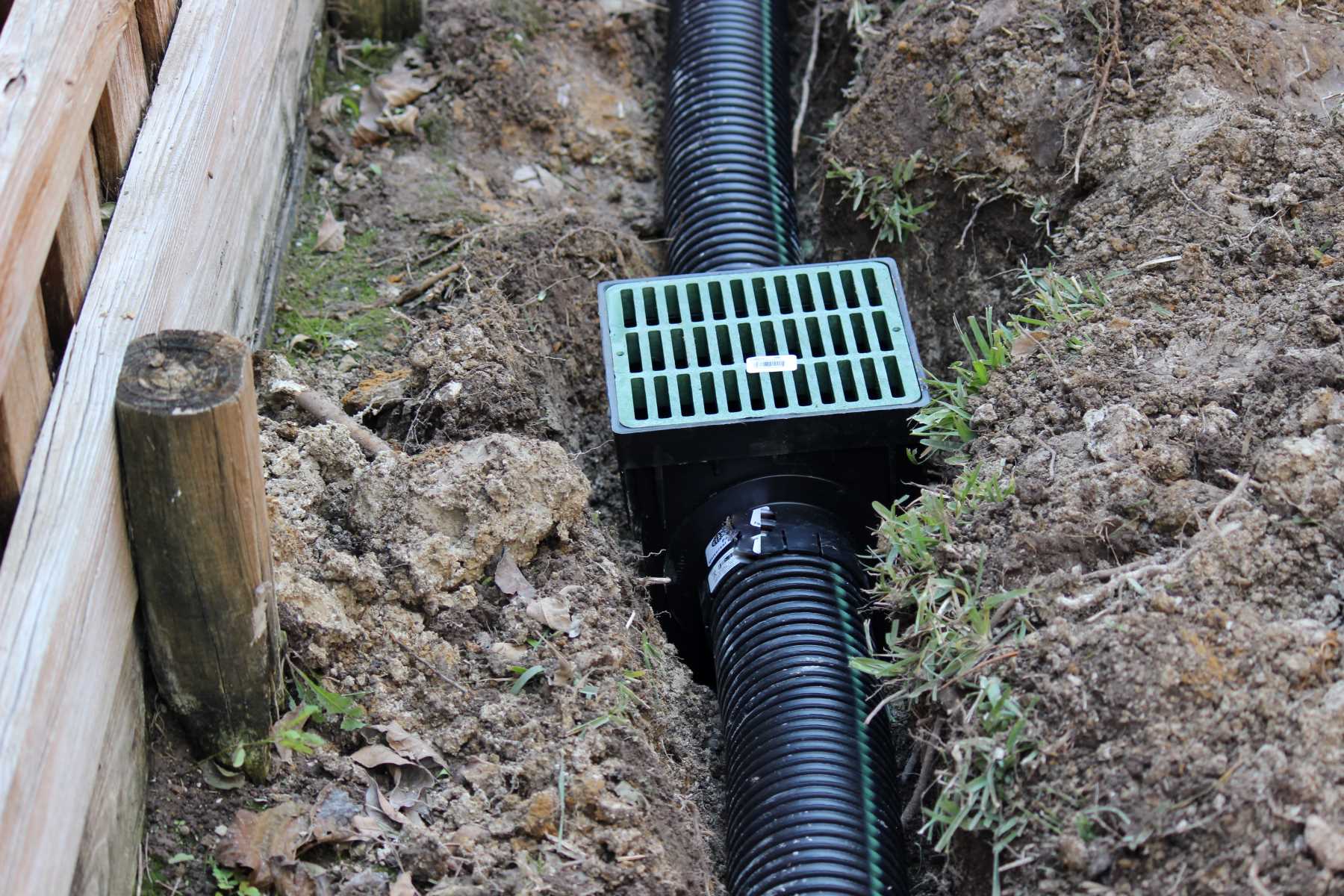
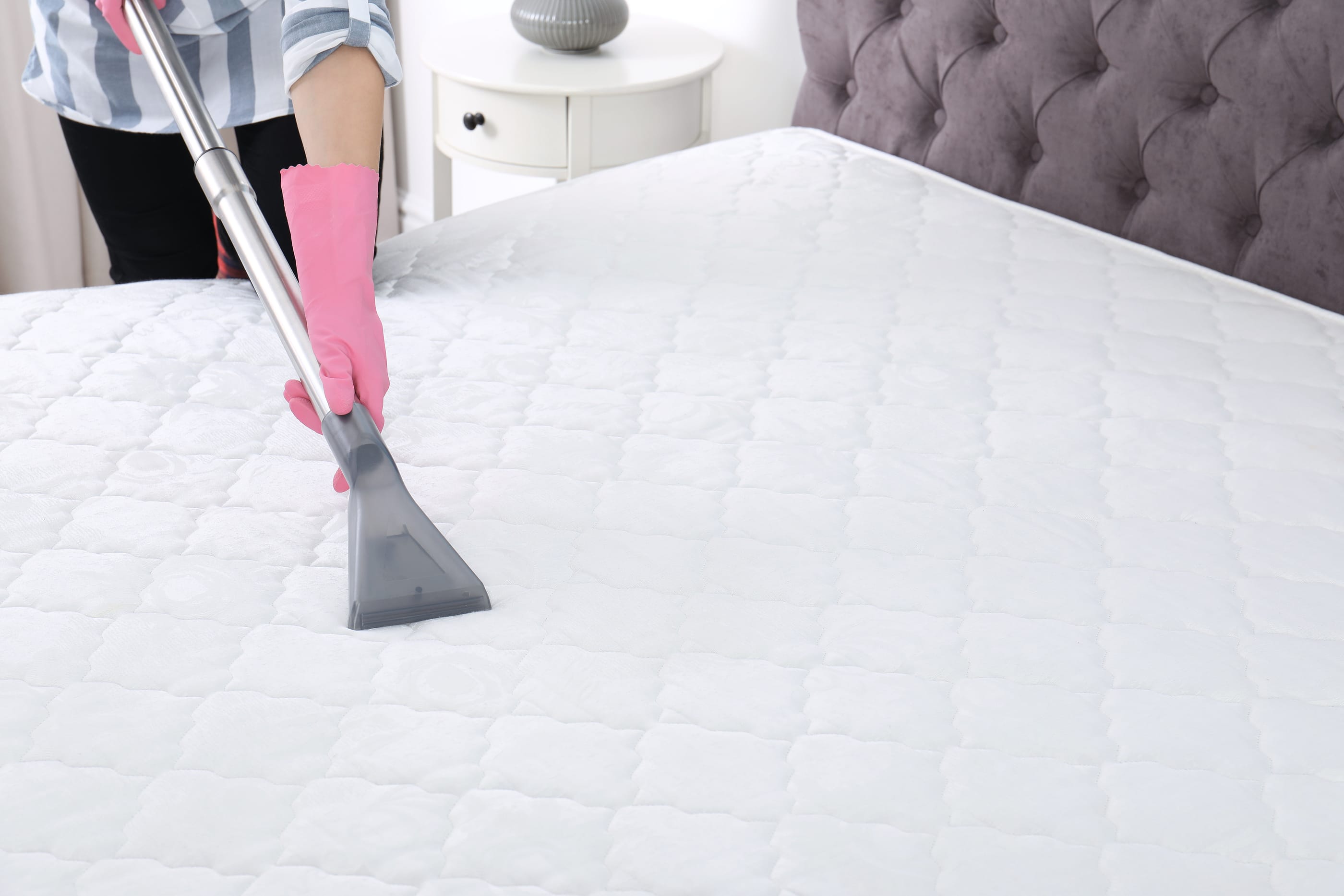
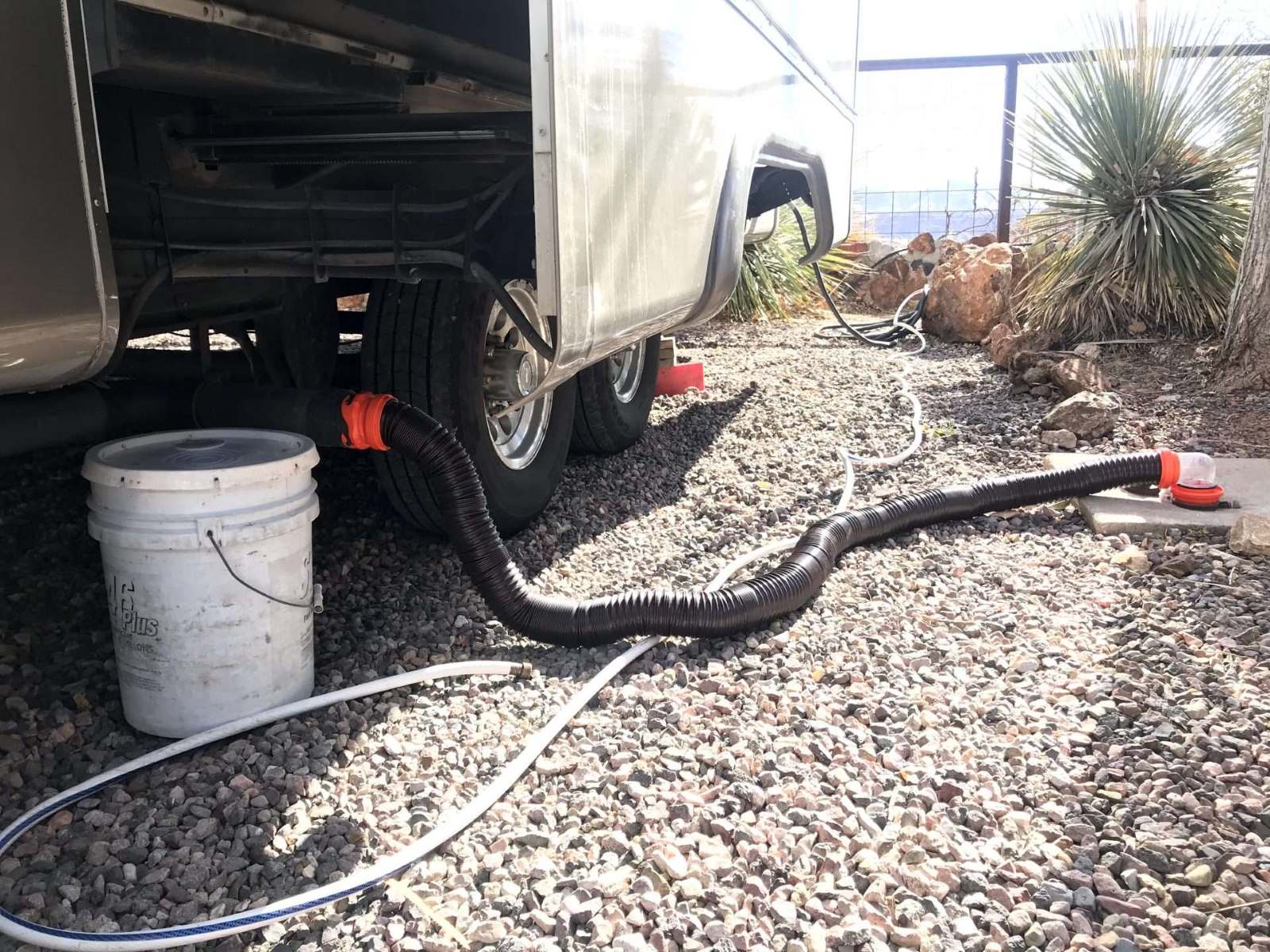
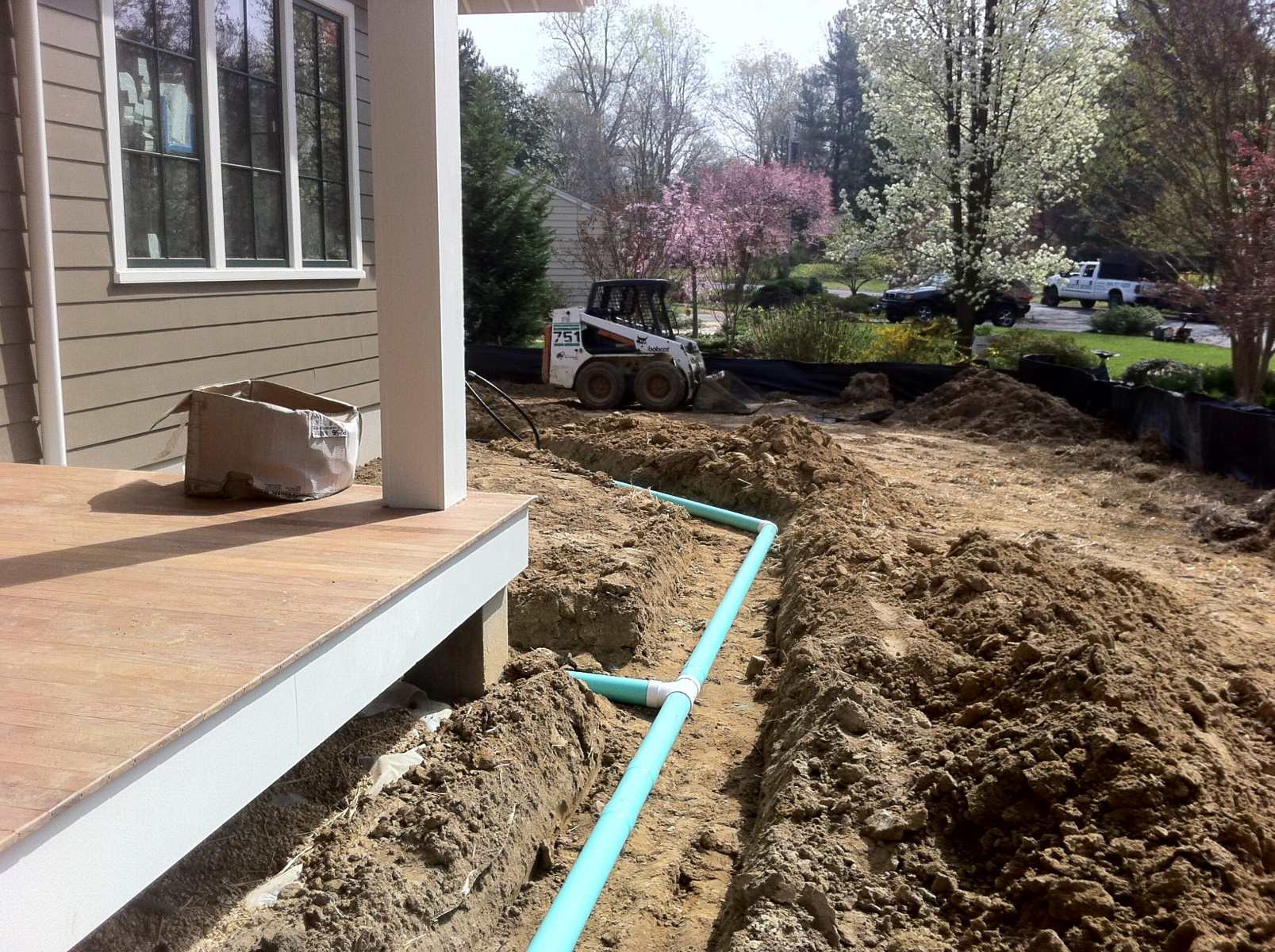
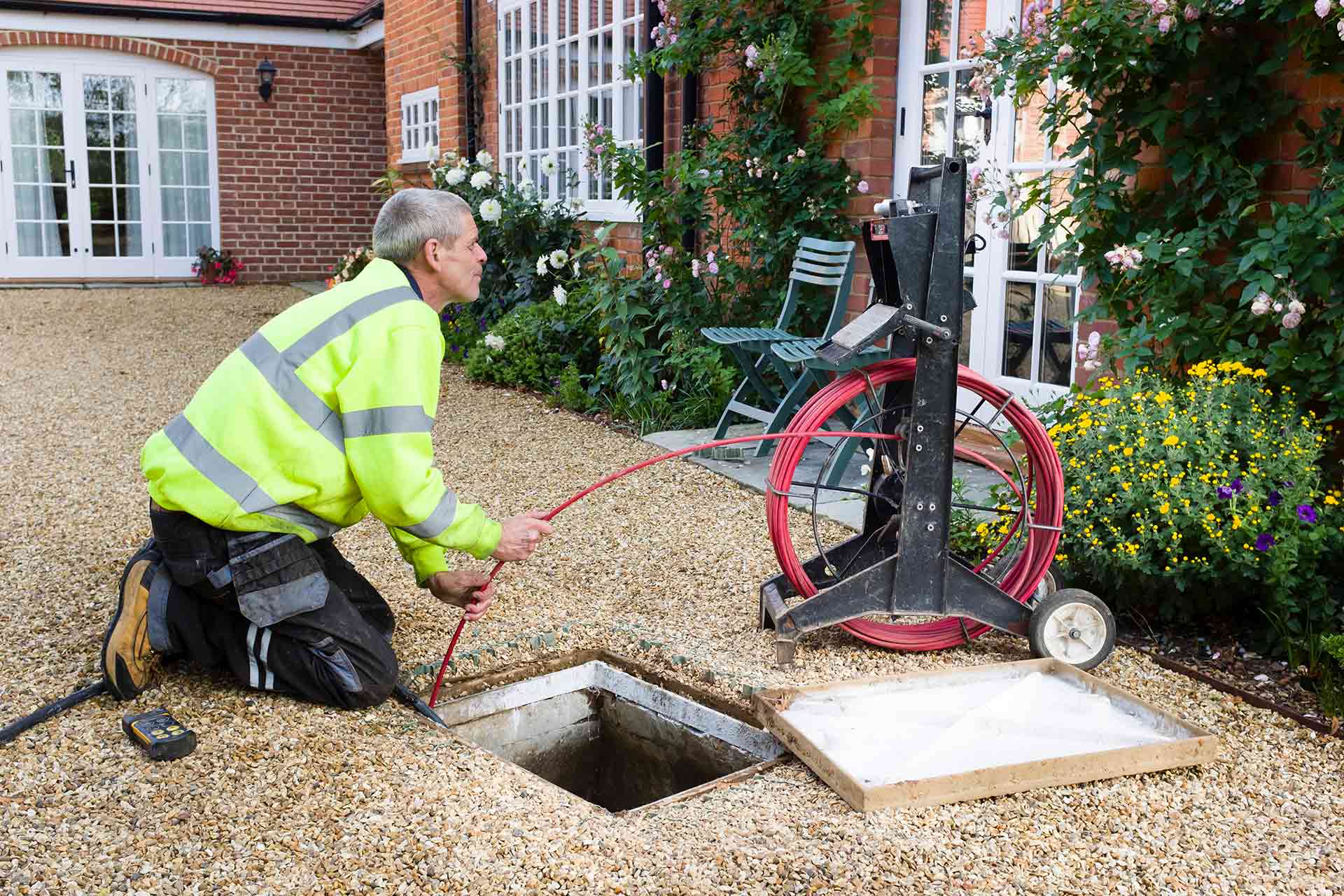
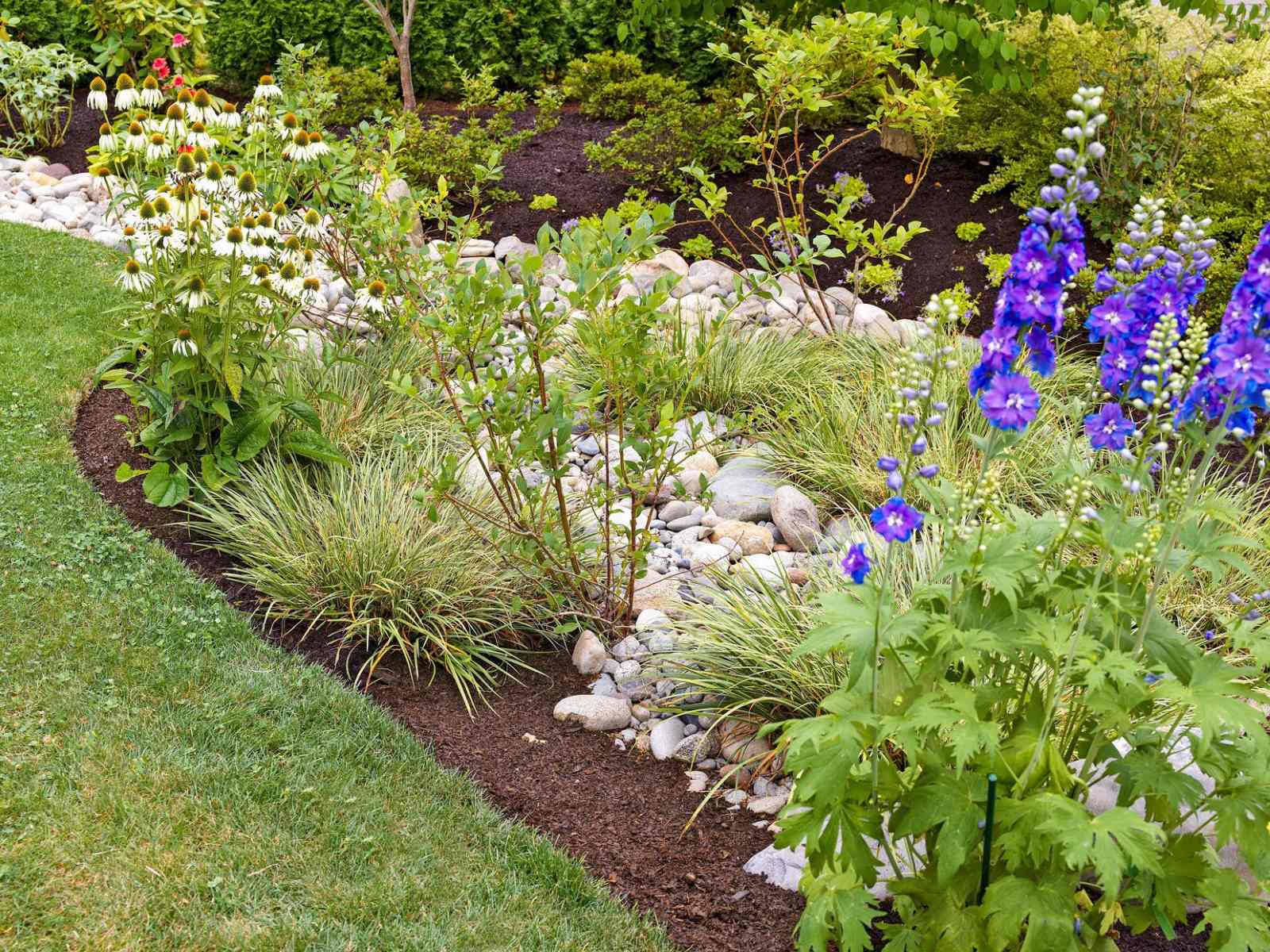
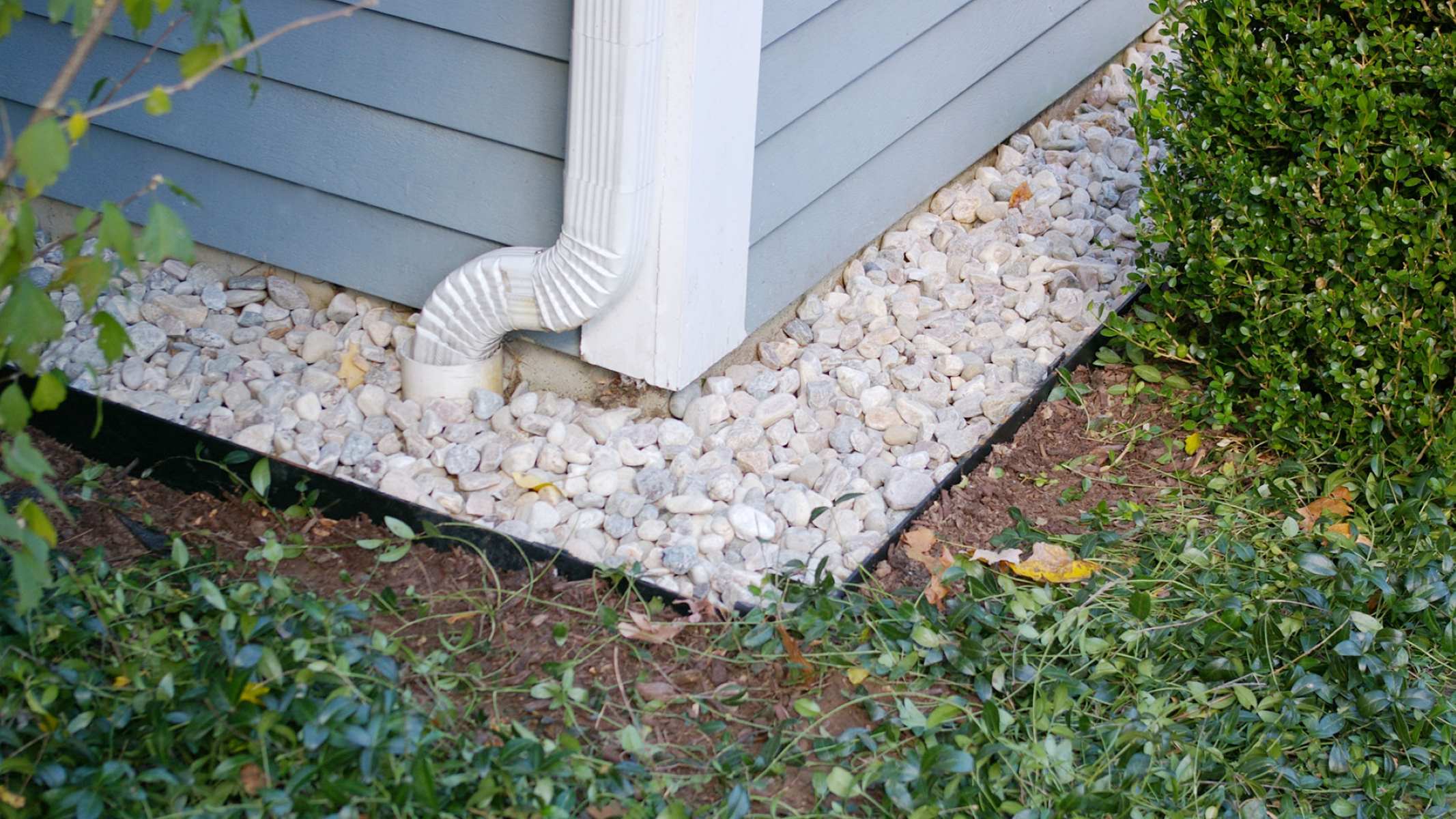
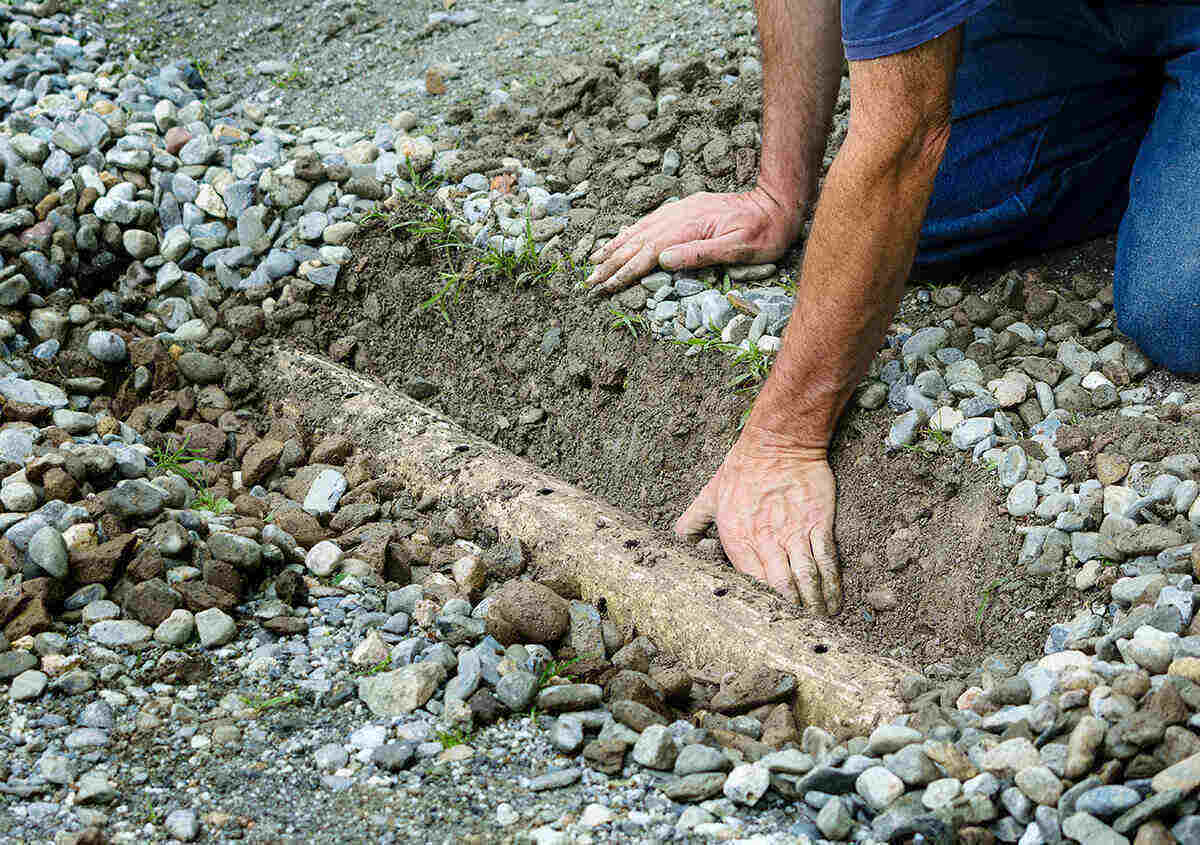
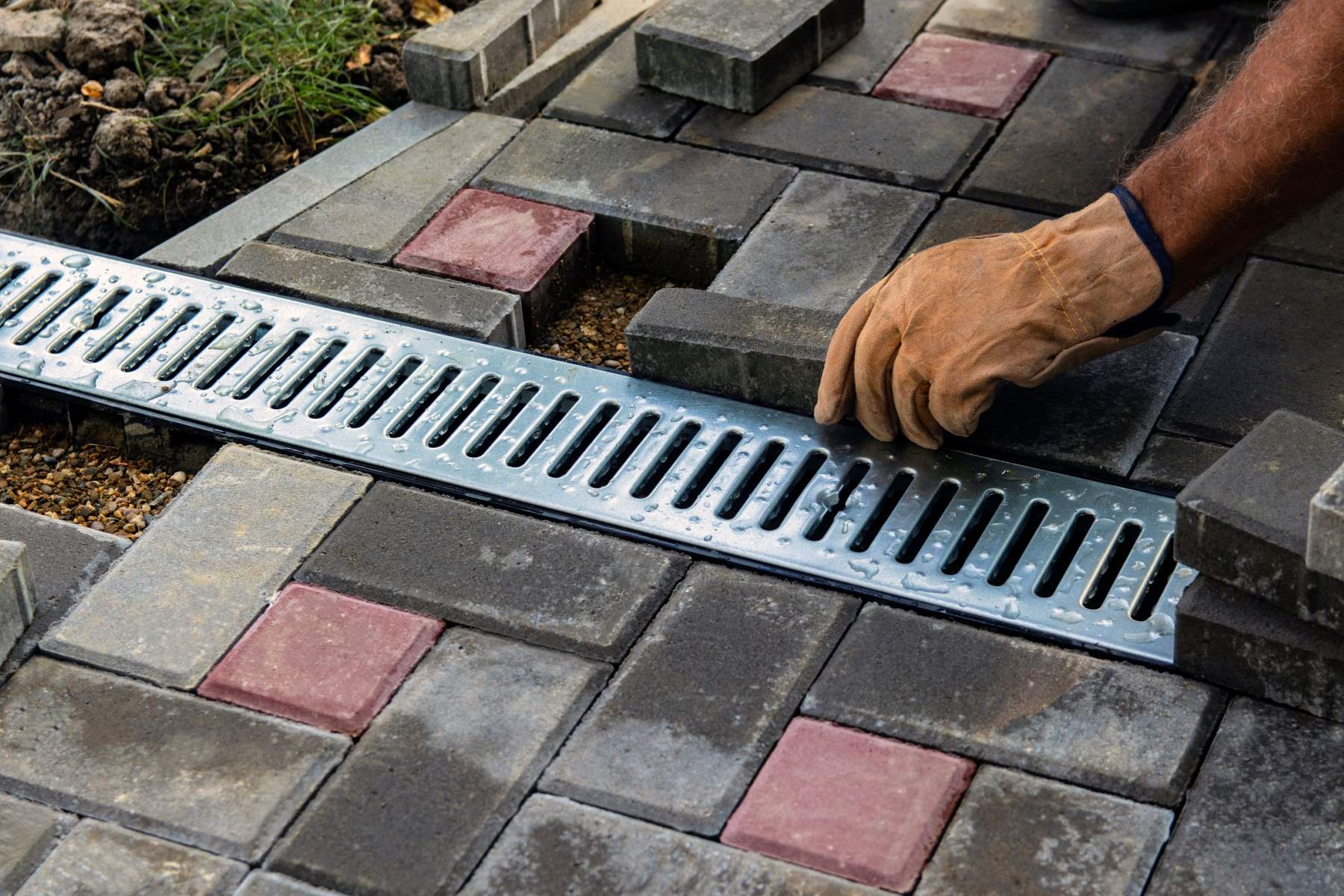
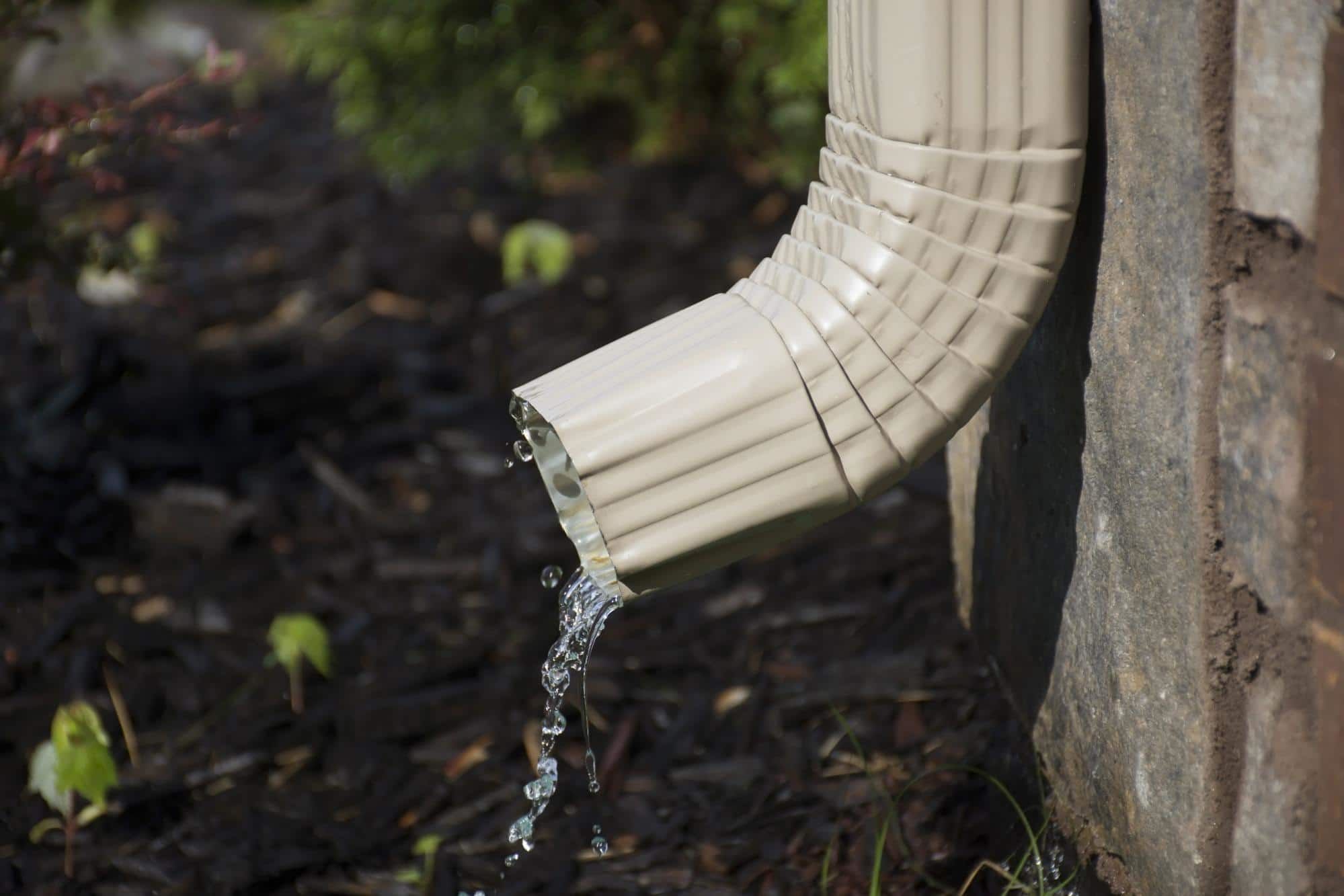
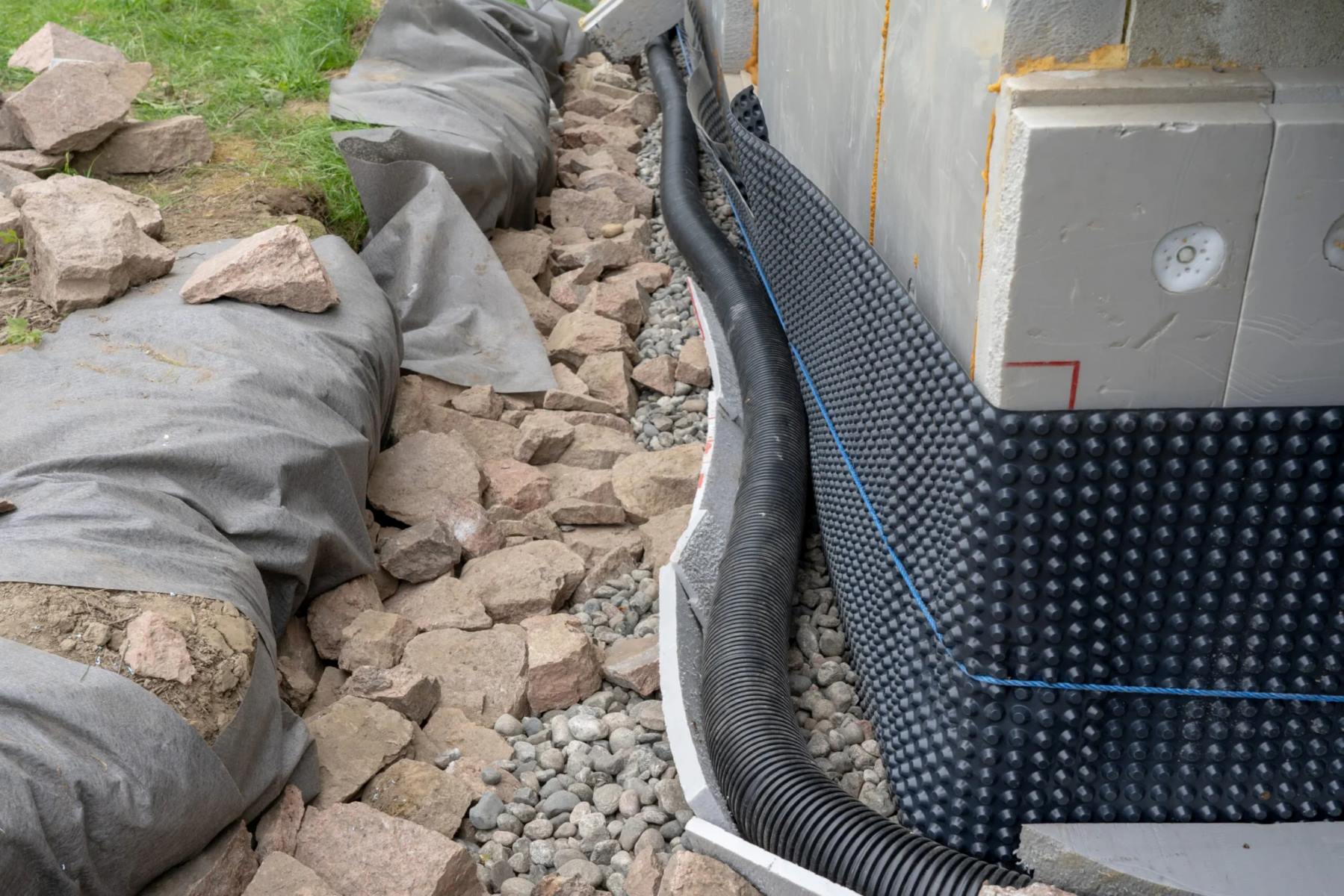
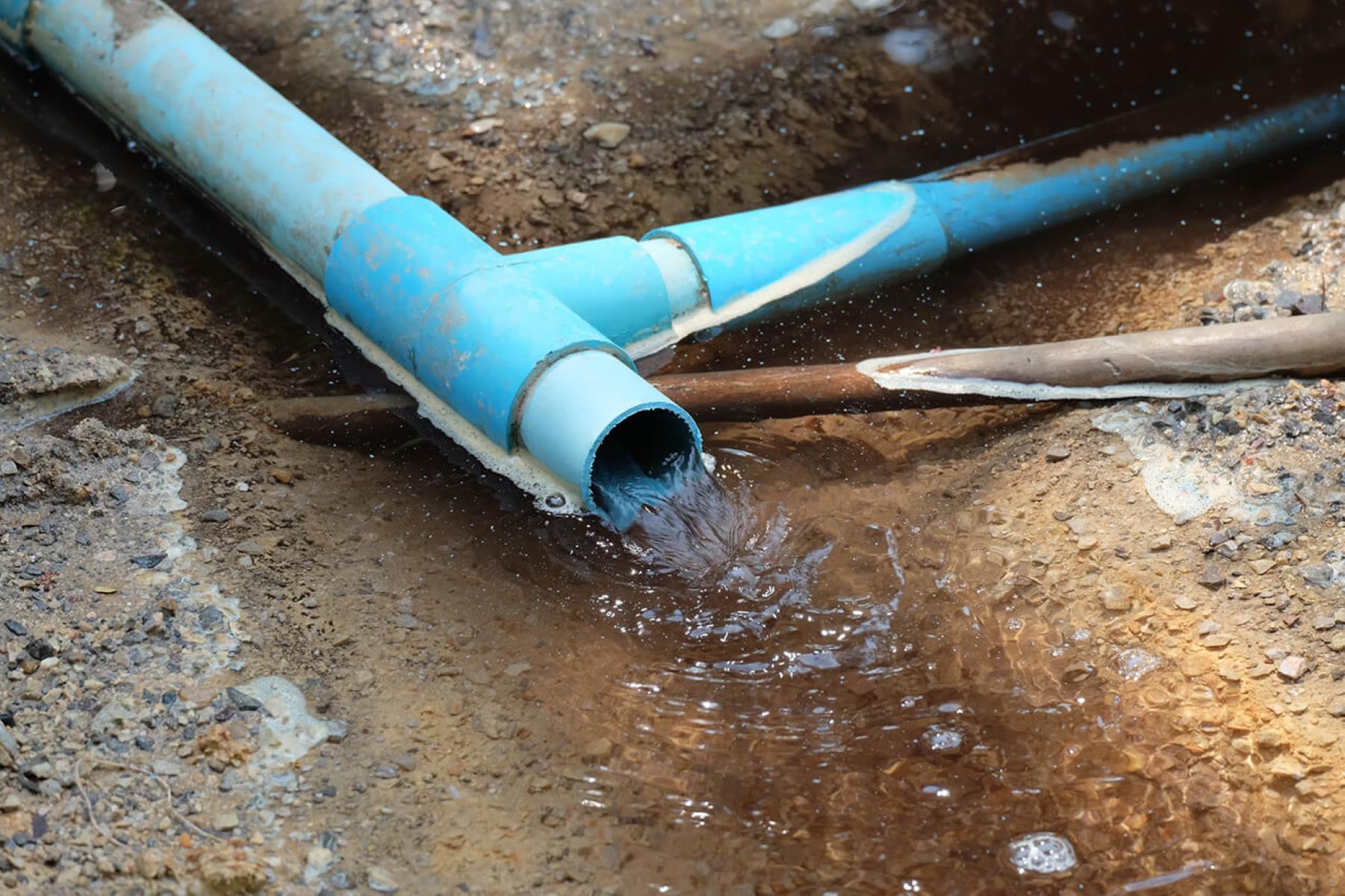
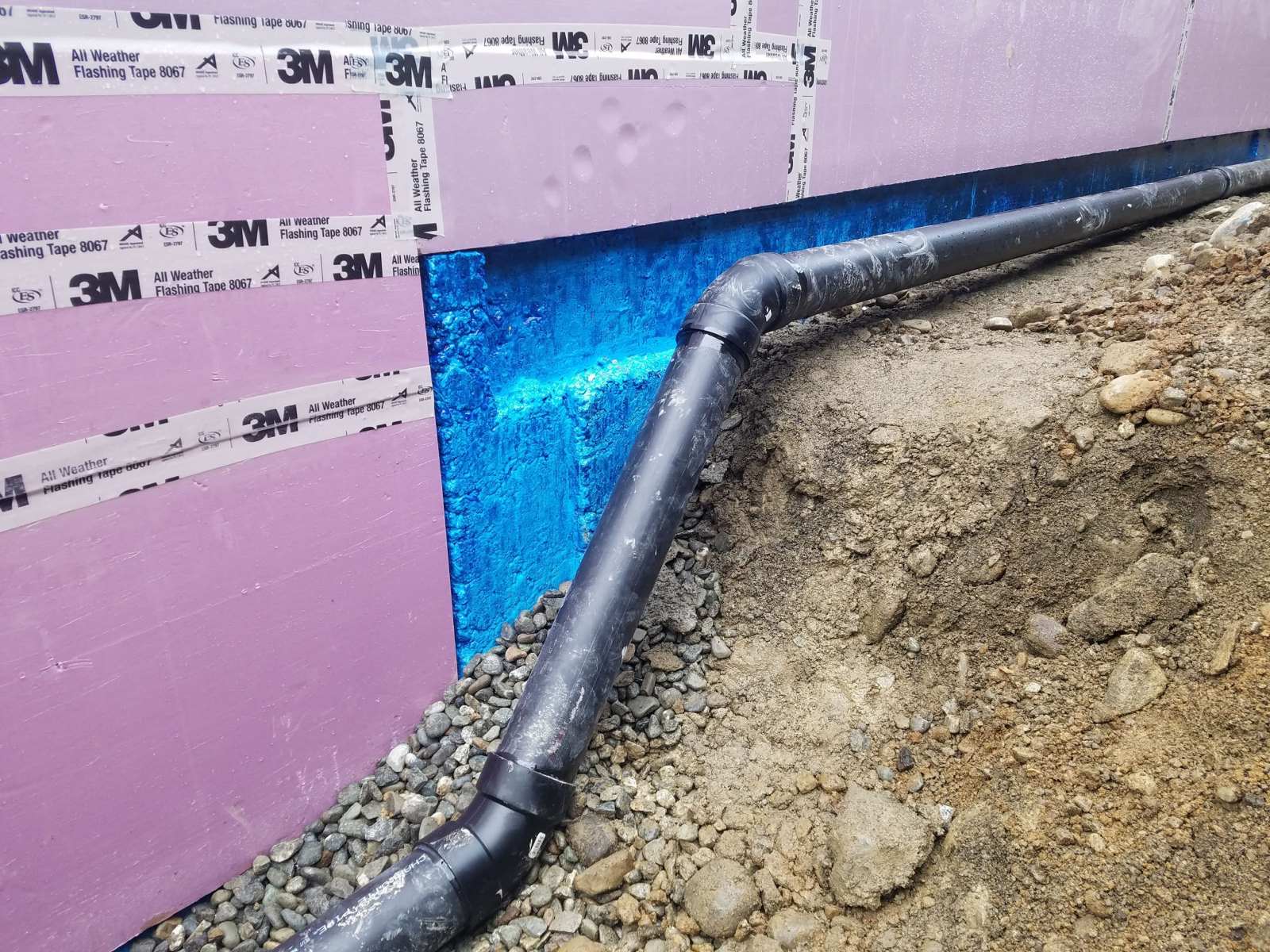

0 thoughts on “What Is The Best Thing To Clean Drainage Pipe Of A House”